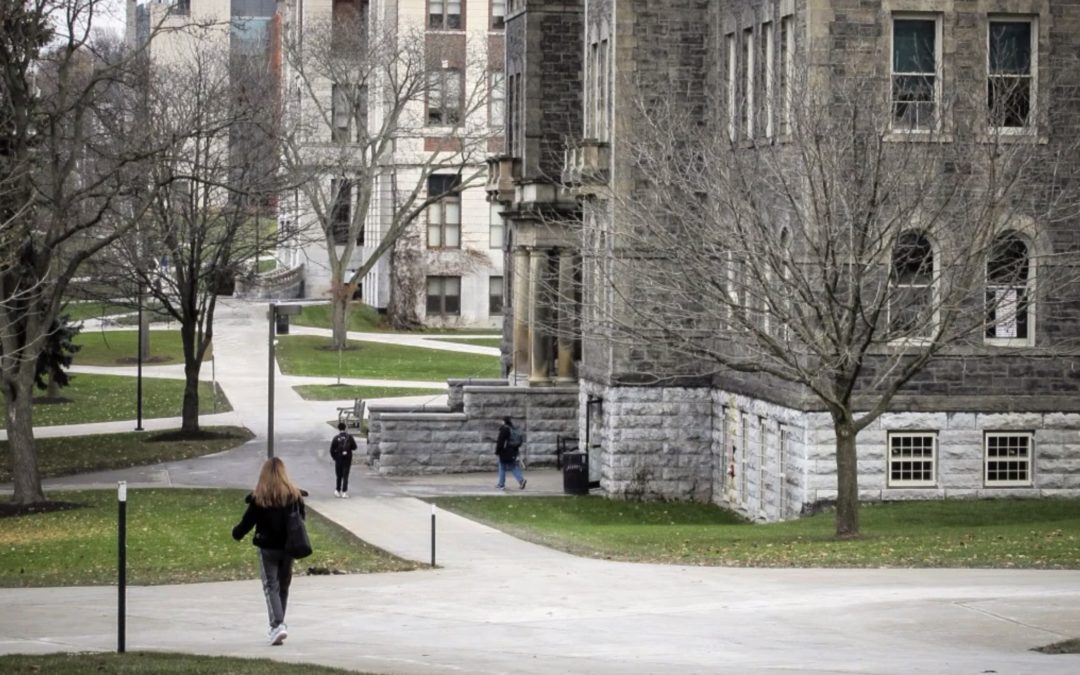SOURCE: Washington Post
DATE: December 24, 2019
SNIP: When Syracuse University freshmen walk into professor Jeff Rubin’s Introduction to Information Technologies class, seven small Bluetooth beacons hidden around the Grant Auditorium lecture hall connect with an app on their smartphones and boost their “attendance points.”
And when they skip class? The SpotterEDU app sees that, too, logging their absence into a campus database that tracks them over time and can sink their grade. It also alerts Rubin, who later contacts students to ask where they’ve been. His 340-person lecture has never been so full.
“They want those points,” he said. “They know I’m watching and acting on it. So, behaviorally, they change.”
Short-range phone sensors and campuswide WiFi networks are empowering colleges across the United States to track hundreds of thousands of students more precisely than ever before. Dozens of schools now use such technology to monitor students’ academic performance, analyze their conduct or assess their mental health.
But some professors and education advocates argue that the systems represent a new low in intrusive technology, breaching students’ privacy on a massive scale. The tracking systems, they worry, will infantilize students in the very place where they’re expected to grow into adults, further training them to see surveillance as a normal part of living, whether they like it or not.
“We’re adults. Do we really need to be tracked?” said Robby Pfeifer, a sophomore at Virginia Commonwealth University in Richmond, which recently began logging the attendance of students connected to the campus’ WiFi network. “Why is this necessary? How does this benefit us? … And is it just going to keep progressing until we’re micromanaged every second of the day?”
This style of surveillance has become just another fact of life for many Americans. A flood of cameras, sensors and microphones, wired to an online backbone, now can measure people’s activity and whereabouts with striking precision, reducing the mess of everyday living into trend lines that companies promise to help optimize.
But the perils of increasingly intimate supervision — and the subtle way it can mold how people act — have also led some to worry whether anyone will truly know when all this surveillance has gone too far.
Instead of GPS coordinates, the schools rely on networks of Bluetooth transmitters and wireless access points to piece together students’ movements from dorm to desk. One company that uses school WiFi networks to monitor movements says it gathers 6,000 location data points per student every day.

